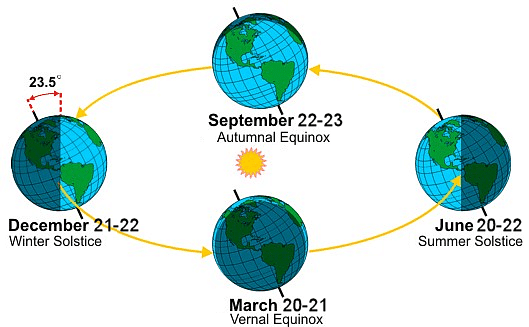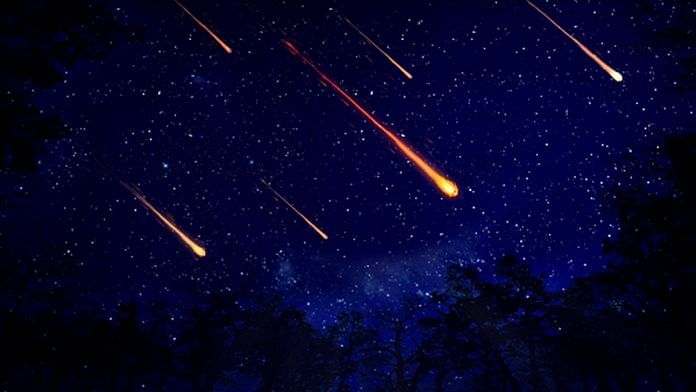The winter solstice will occur at 3.53am IST, Saturday. A full moon appearing just after a solstice is not common — the next time this happens will be in 2029.
Bengaluru: The winter solstice this Saturday, or Friday, depending on which part of the world you are in, will also be accompanied by a full moon and a meteor shower.
At 3:53 am IST Saturday, the winter solstice will officially occur. It will mark the day with the longest night in the northern hemisphere and the shortest night in southern hemisphere.
The solstice will be immediately followed by a full moon, which is expected at 11.18pm IST. This will be the last full moon of the year. A full moon appearing just after a solstice is not common — the next time this happens will be in 2029.
‘Cold Moon’ and sky showers
This full moon is known in different parts of the world by different names. In Native American traditions, it is called the ‘Long Night Moon’; in Anglo-Saxon calendars, it’s called the ‘Moon Before Yule’. It’s also commonly referred to as ‘Cold Moon’. India doesn’t seem to have a specific name for it.
The moon is expected to be bright enough to read in its light in some parts of the world.
The annual Ursids meteor shower will also accompany the full moon, peaking a night or so later.
Depending on which part of the world a person is in, they can spot 3 to 10 meteors an hour. However, if the moon is luminous, it might wash out the streaking lights making them hard to spot.
The Ursids originate from the Comet 8P/Tuttle, which goes around the sun every 14 years. As the earth passes through the trail of dust left by the comet in its orbit, we see the particles as shooting stars on earth.
As with all meteor showers, there is no specific direction to look at. They radiate away from the Little Dipper in all directions. Binoculars and telescopes aren’t helpful as they narrow the field of view. To observe, one can go as far away from light pollution as possible, between midnight and 5 am.
The eyes take half hour to adjust to the dim light of the sky, but the bright moon might still play spoilsport to eager enthusiasts.
Also read: NASA spacecraft finds signs that highrise-sized asteroid near Earth once had water
Solstice vs equinox
The winter solstice marks the farthest tilt of the northern hemisphere away from the sun, causing ‘peak’ winter. In the northern hemisphere, the sun is observed directly over the Tropic of Capricorn. As the Earth orbits around the sun, increasingly greater parts of the northern hemisphere start facing more sunlight, leading to an increase in the length of the day.

Eventually, this leads to summer solstice (21 June for 2019) when the Earth’s tilt towards the sun is at a maximum for the northern hemisphere, causing the longest day and shortest night. The summer solstice occurs when the sun is directly over the Tropic of Cancer.
Several pagan festivals as well as modern religious ones like Christmas and Hanukkah are timed to coincide with the solstice. The famous Stonehenge in the UK is theorised to have built in celebration of the summer solstice, when the sun rises behind two of the stones called the ‘Heel Stone’.
The equinox on the other hand, is what its name sounds like: Equal night and day. It occurs twice a year — 21 March and 22-23 September — when the Earth’s axis is almost at the centre, titled neither towards or away from the sun. It results in almost equal day and night in all parts of the world.



